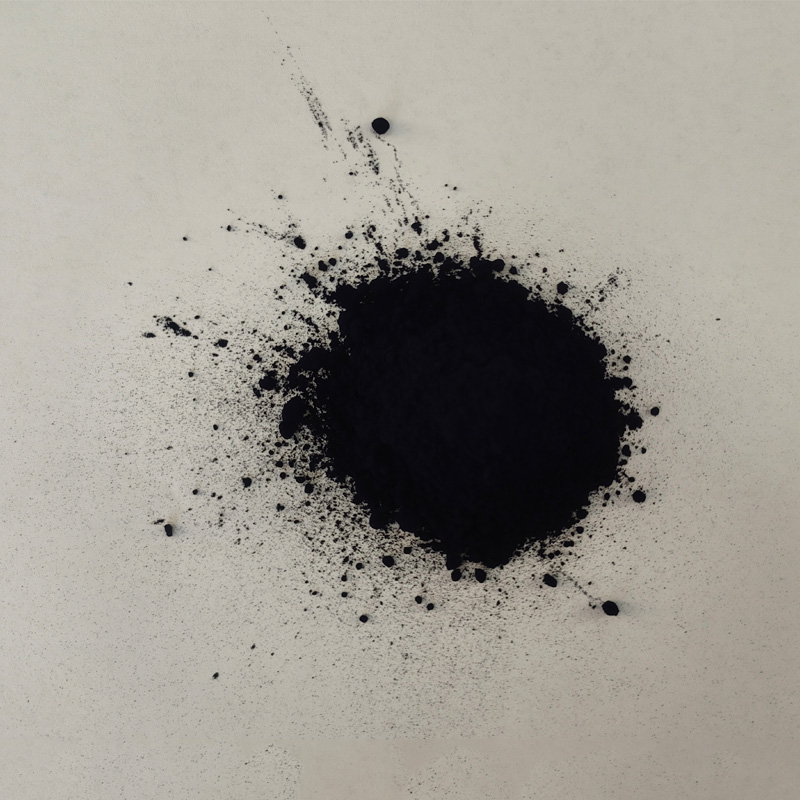Exploring the Beauty and Meaning of Natural Indigo Color in Art and Culture
The Beauty of Natural Indigo A Journey Through Color and Culture
Color has an extraordinary ability to evoke emotions, tell stories, and connect cultures. Among the myriad hues that grace the world, natural indigo stands out not just for its striking blue tone but also for its rich history and deep cultural significance. Both a pigment and a dye, natural indigo has been cherished for centuries, woven into the lives of countless civilizations around the globe.
The Beauty of Natural Indigo A Journey Through Color and Culture
In regions such as West Africa, indigo holds a pivotal role in traditional practices and social identity. The intricate patterns created with indigo dyes on textiles are not merely aesthetic; they are imprinted with the heritage and narratives of the communities. The artisans who craft these textiles often regard their work as a sacred dialogue between the past and present, bringing forth stories that connect individuals to their ancestors. Nina Simone, a legendary figure in music and civil rights, poignantly expressed, “It’s a new dawn, it’s a new day, it’s a new life for me, and I’m feeling good.” This sentiment resonates well with the transformative power of indigo—symbolizing rebirth and renewal through its vibrant hue.
natural indigo colour quotes

Moreover, the rise of sustainable fashion has rekindled interest in natural indigo. In an era marked by increasing environmental awareness, designers and consumers are seeking eco-friendly alternatives to synthetic dyes. Natural indigo, with its biodegradable properties and minimal environmental impact when sourced responsibly, offers an appealing solution. The fashion industry is beginning to recognize the significance of this historic dye, promoting it not just as a color choice, but as a sustainable practice. Vivienne Westwood, a pioneer in eco-conscious fashion, reminds us that “Buy less, choose well, make it last.” Using natural indigo aligns seamlessly with this mantra, encouraging mindful consumption while celebrating centuries of craftsmanship.
The mystical quality of indigo goes beyond aesthetics; it weaves narratives of resilience and community. The indigo dyeing process often involves community involvement, from harvesting to dyeing and designing, fostering bonds among participants. Festivals celebrating indigo not only highlight the artistic aspects but also serve as cultural gatherings, reinforcing social ties and honoring shared heritage.
In conclusion, natural indigo is more than just a color—it's a bridge connecting past traditions with modern practices, merging art with sustainable principles. As we embrace this enchanting hue, we also embrace the stories and cultures entwined within it. Whether in a piece of artisanal clothing, a stunning work of art, or simply as a shade in nature, indigo continues to inspire and evoke a sense of wonder in our lives. It is a color that carries with it the weight of history, the vibrancy of the present, and the promise of a sustainable future. Indeed, in the words of the poet Pablo Neruda, “Color is the keyboard, the eyes are the harmonies, the soul is the piano with many strings.” Let us celebrate indigo, the eternal melody of color, culture, and consciousness.
-
innovating-bromo-indigo-excellence
NewsAug.23,2025
-
pioneering-indigo-plant-dye-excellence
NewsAug.23,2025
-
leading-sulphur-black-dyes-enterprise
NewsAug.23,2025
-
sulphur-black-dyes-light-resistance
NewsAug.23,2025
-
indigo-blue-granular-industrial-uses
NewsAug.23,2025
-
bromo-indigo-synthetic-production-process
NewsAug.23,2025
-
The Timeless Art of Denim Indigo Dye
NewsJul.01,2025

Sulphur Black
1.Name: sulphur black; Sulfur Black; Sulphur Black 1;
2.Structure formula:
3.Molecule formula: C6H4N2O5
4.CAS No.: 1326-82-5
5.HS code: 32041911
6.Product specification:Appearance:black phosphorus flakes; black liquid

Bromo Indigo; Vat Bromo-Indigo; C.I.Vat Blue 5
1.Name: Bromo indigo; Vat bromo-indigo; C.I.Vat blue 5;
2.Structure formula:
3.Molecule formula: C16H6Br4N2O2
4.CAS No.: 2475-31-2
5.HS code: 3204151000 6.Major usage and instruction: Be mainly used to dye cotton fabrics.

Indigo Blue Vat Blue
1.Name: indigo blue,vat blue 1,
2.Structure formula:
3.Molecule formula: C16H10N2O2
4.. CAS No.: 482-89-3
5.Molecule weight: 262.62
6.HS code: 3204151000
7.Major usage and instruction: Be mainly used to dye cotton fabrics.

